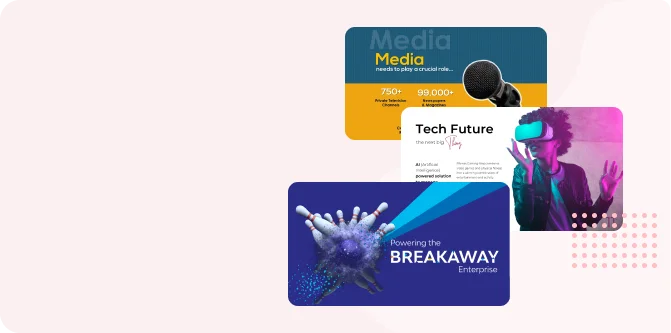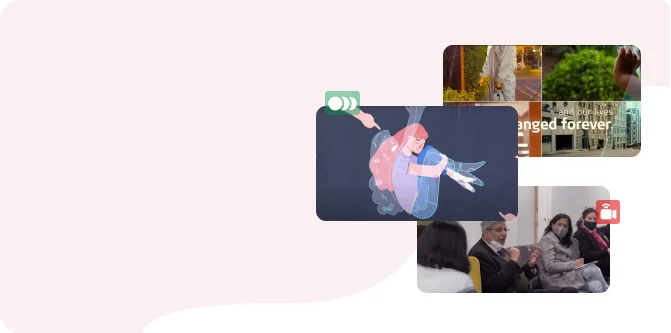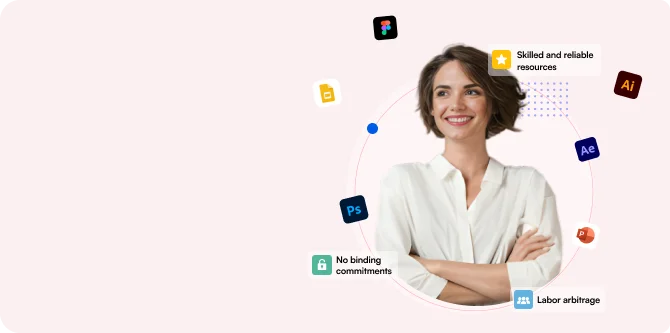The question that we tend to ask ourselves often is, what is the difference between a digital and graphic designer? Most often the line of difference between the two is blurred, and their roles are interchanged. The design concept and fundamental skills of both fields also overlap sometimes. The traditional graphic designers lack the digital skills that are required to keep up with the advancing need for UX and UI. Let’s dive into the basic differences between digital design and graphic design and how they affect the design process.
What is graphic design?
Graphic design, understandably has been around the business much longer than digital design. To begin with, graphic designers worked with mainly newspapers, books, brochures, and other static images in print.
With the rise of the internet in the 90s, the need for graphic designers to adapt also came up. This paved way for web design to become a necessary skill to know. A large number of graphic designers started to extend their services. In addition to the traditional print work, they became involved with web design and logo design. The graphic designers became easily equipped with the latest incoming demands. This is because the basic design principles remained consonant with both the mediums. They learned to use Illustrator, InDesign and Photoshop while focusing on pre-print production.
What is digital design?
While the major focus of graphic design is generally towards static design, a digital design inclines more towards movement. The movement can be in the form of animations, 2D or 3D modelling, and even interactive pages. A digital designer will work to create website design, mobile apps and a range of other online content. They create images and elements that will eventually end up on, whether it’s a computer or phone screen or a dashboard. To complement the visuals, the digital designs may also include audio or visual effects.
The common thread between a digital and graphic design is the creation of different forms of visual communication. This is very often related to an image, idea or brand. The designer’s main goal is to disseminate information and ideas to the audience through symbols and images. Visuals help in invoking emotions among the audience. This, in turn helps the brand to create awareness and an affinity with the audience.
Interactivity in digital design
Interactivity is a key component of digital design. In addition to being aesthetically satisfying, a design needs to focus on its usability and interaction with its user. This becomes important no matter the medium you are designing for. With the advancing technology, a new challenge for digital designers came up. Now, they are called to create for a variety of screen sizes, depending on the various uses and contexts.
Analytics in digital design
Another set of components that play a role in defining digital design is, data and analytics. They help the designer to scale the performance of the product. Tracking the performance of a physical brochure or flyer becomes difficult. But it is not the case with digital design. To get an understanding of the effectivity of the design, performance indicators like likes, shares and pageviews are reviewed.
Through analytics and data, the digital designer is able to make data-informed design decisions throughout the design process. For example, A/B tests are often run by digital designers to collect data about two or more designs. This addition of analytics in digital design differentiates it from graphic design.
UX and UI design
UX comprises of the user and the experience they have with the website and product. This enables UX to go hand-in-hand with the digital design. UX designers combine the qualitative and quantitative data to create a relevant experience for the user. They also incorporate user research and analytics in their decisions regarding design.
UI design is basically the visual communication component of UX design. A UI designer focuses majorly on visual design elements like iconography, layout design and user flows. To remain consistent between pages and their website, app or product, most UI designers work with a design system.
UI design very often blurs with graphic design. Graphic designers very frequently work and help out in UI design, like designing logos and icons. These areas are the static elements of UI design and do not consider user flows or movement.
Types of deliverables:
We can also look at the deliverable types to mark the difference between a graphic and digital design.
Graphic design deliverables include:
- Brochures
- Logos
- Business cards
- Magazine spreads
Digital design deliverables include:
- UX wireframes
- Interactive elements
- Animations
- Banner heads
Why become a digital designer?
A tectonic shift to online platforms from print media has been observed in the last couple of decades. With every brand setting up its digital presence, the demand for digital designers over print designers is increasing manifold.
Apart from the increased demand in the market, the various benefits of becoming a digital designer are:
- With a broader and advanced skill set, you will become a more valuable employee and get access to more opportunities.
- Compared to traditional graphic designers, a digital designer is expected to receive a higher salary.
- Freelancing can become a primary or secondary source of income, along with the freedom to work independently.
- You can also combine creativity and analytics to create informed design decisions.
Not only is digital design more in demand, it also helps in broadening the skills and divulge into an exciting career path.
Conclusion
It is important that one knows the difference between graphic and digital designer, even though the line of difference has begun to blur. Digital designers focus entirely on, anything that will end up on a screen. Whereas, graphic designers work on static images in print. Although these skills can be interchanged at certain levels, there are still some differences between them.



